The turn of the millennium marked a significant chapter in the history of the Bronx, a borough that had experienced profound hardship and resilience over the preceding decades. The 2000s were characterized by continued efforts towards economic revitalization, housing development, and the nurturing of a vibrant cultural scene that celebrated the borough’s diversity and history. Amidst these positive changes, the Bronx faced ongoing challenges, including addressing social inequalities and navigating the impacts of nationwide economic downturns.
Hip-Hop’s Evolution: From Streets to Screens
The 2000s witnessed the evolution of hip-hop. Bronx-born artists like Jay-Z, Nas, and Biggie Smalls, while still influential, were joined by a new generation pushing boundaries. Kanye West, Cardi B, and J-Lo brought diverse styles and perspectives to the genre. Hip-hop’s impact transcended music, influencing fashion trends, social movements, and even appearing on the silver screen with films like “Hustle & Flow” and “8 Mile.”
Gentrification’s Gains and Growing Pains
Gentrification continued to reshape the Bronx landscape. Abandoned buildings were converted into luxury apartments, attracting new residents and businesses. While this revitalization brought economic benefits, it also displaced longtime residents, particularly communities of color. This complex issue sparked debates about affordable housing, social justice, and the Bronx’s identity.
Despite the challenges, the Bronx community continued to thrive. Vibrant cultural expressions like salsa dancing and street art flourished. Local businesses, from bodegas to family-owned restaurants, remained cornerstones of the community. Organizations like The Bronx Green-Up and Bronx United focused on environmental initiatives and youth development, fostering a sense of pride and ownership.
From Yankee Stadium to Parks and Playgrounds
The iconic Yankee Stadium underwent a dramatic transformation, opening its new doors in 2009. This architectural marvel not only attracted baseball fans but also served as a catalyst for further development in the surrounding area. Parks and playgrounds were revitalized, offering green spaces and recreational opportunities for residents of all ages.
Public Safety Improvements and Social Issues
Building on the trends of the 1990s, the 2000s witnessed a further decline in crime rates across the Bronx, contributing to an improved sense of safety and community well-being. Enhanced policing strategies, community policing initiatives, and youth engagement programs were credited with helping to reduce crime and strengthen community-police relations.
#1 View from the roof of the Millbrook Houses, E. 137th St. at Brook Ave., Bronx, 2000

#2 View north along Courtlandt Ave. from E. 158th St., Bronx, 2000

#3 Pentecostal Church of Jesus, 1416 Boston Rd., Bronx, 2001
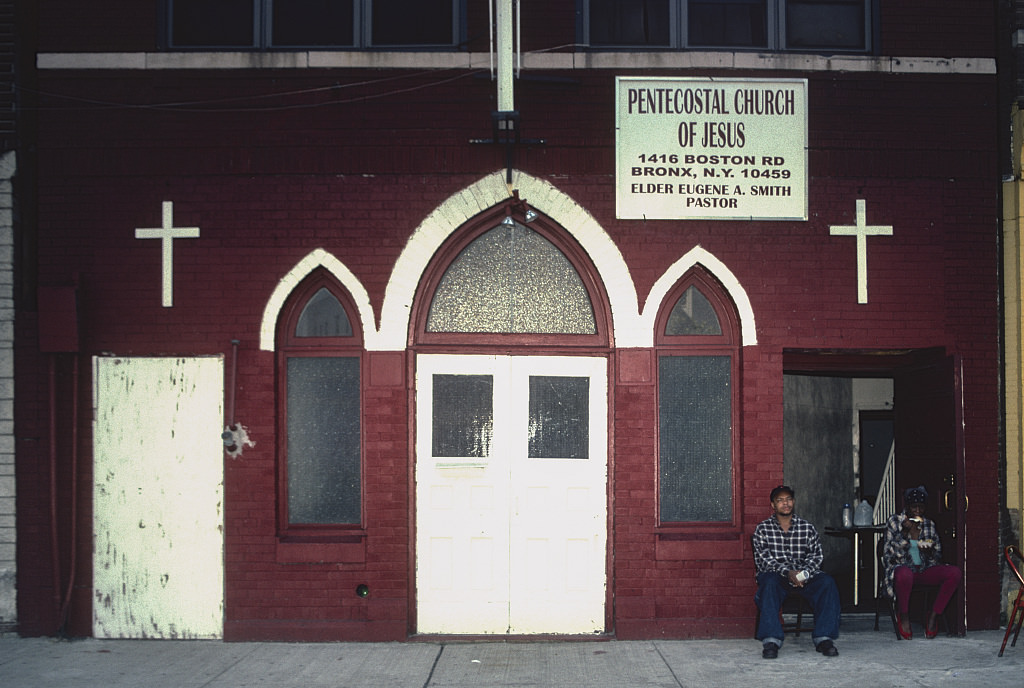
#4 908 Hunts Point Ave., Bronx, 2001
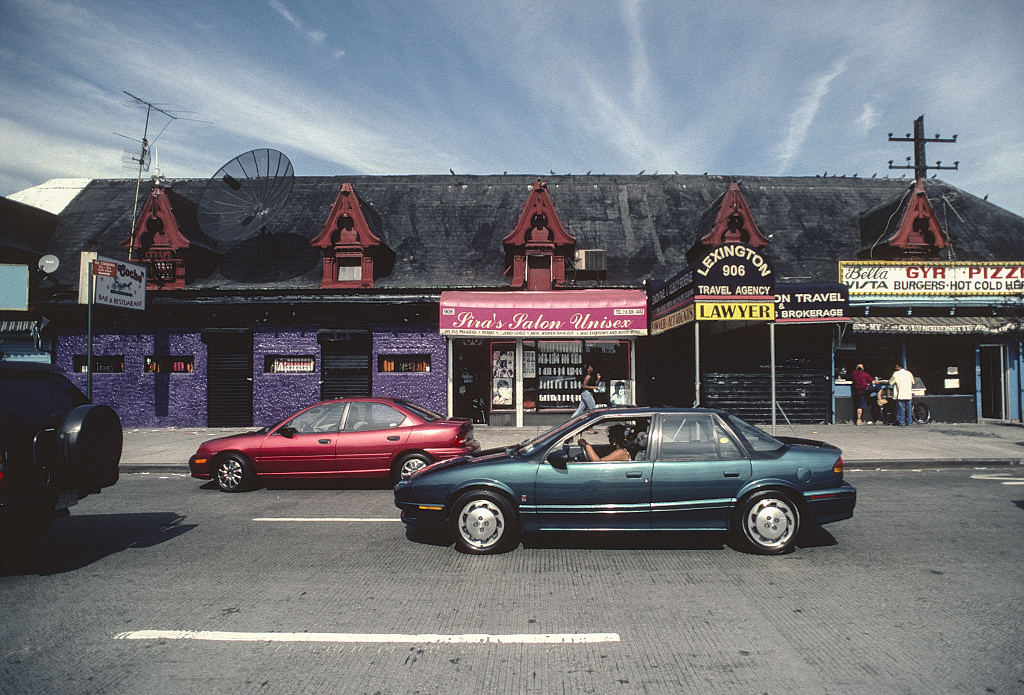
#5 St. Peter’s Pentecostal Tabernacle Deliverance Center, 937 Home St., Bronx, 2001
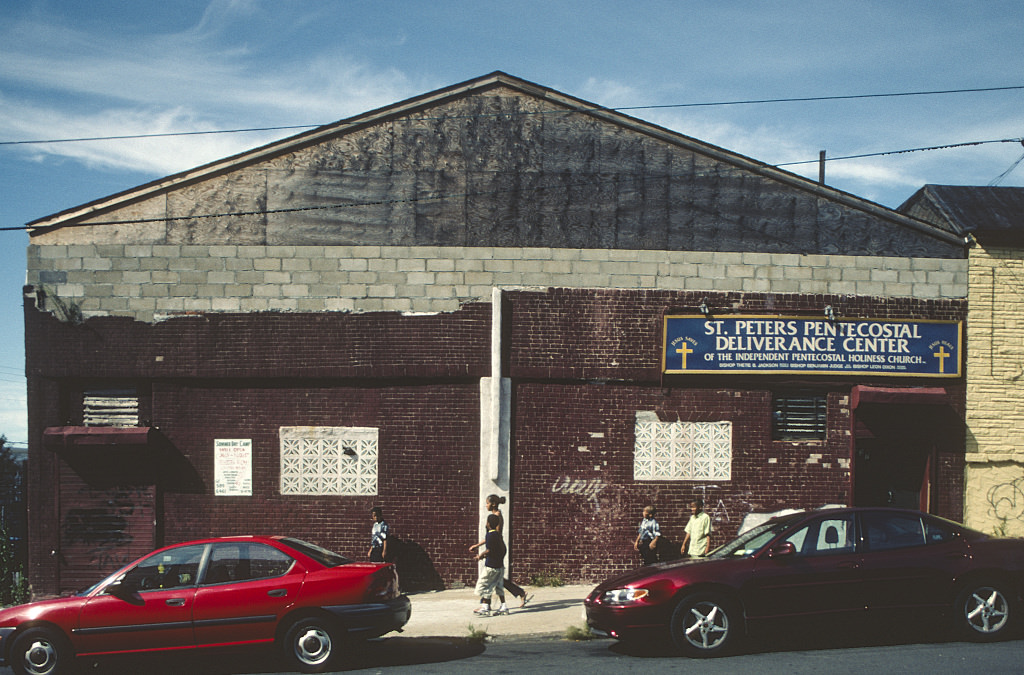
#6 View north along Third Ave. toward E. 149th St., Bronx, 2001
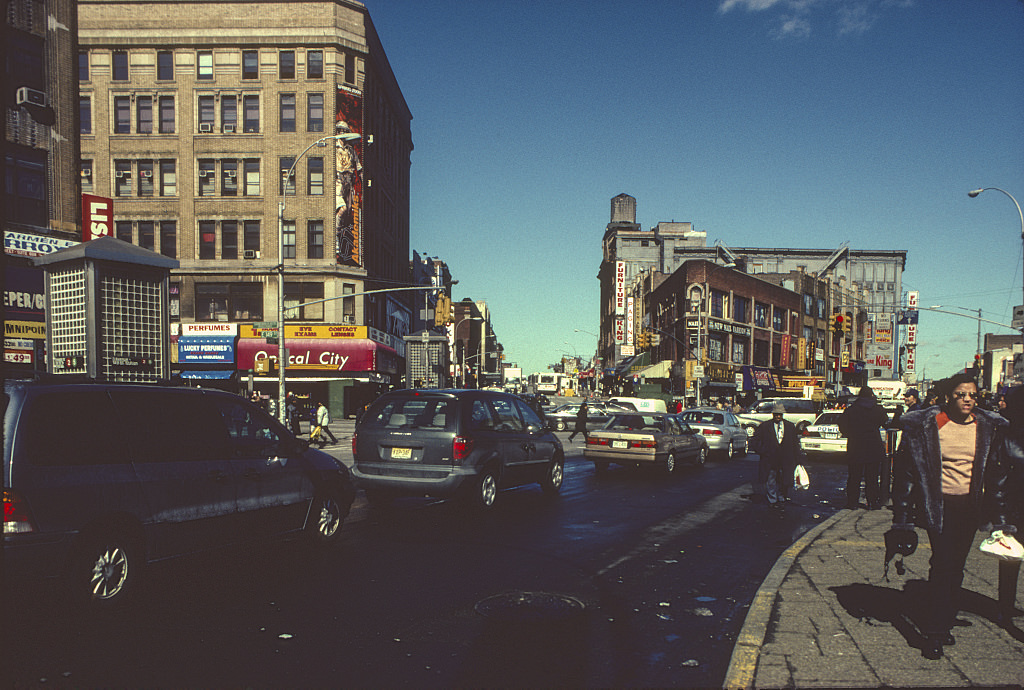
#7 Intervale Jewish Center, 1024 Intervale Ave., S. Bronx, 2001
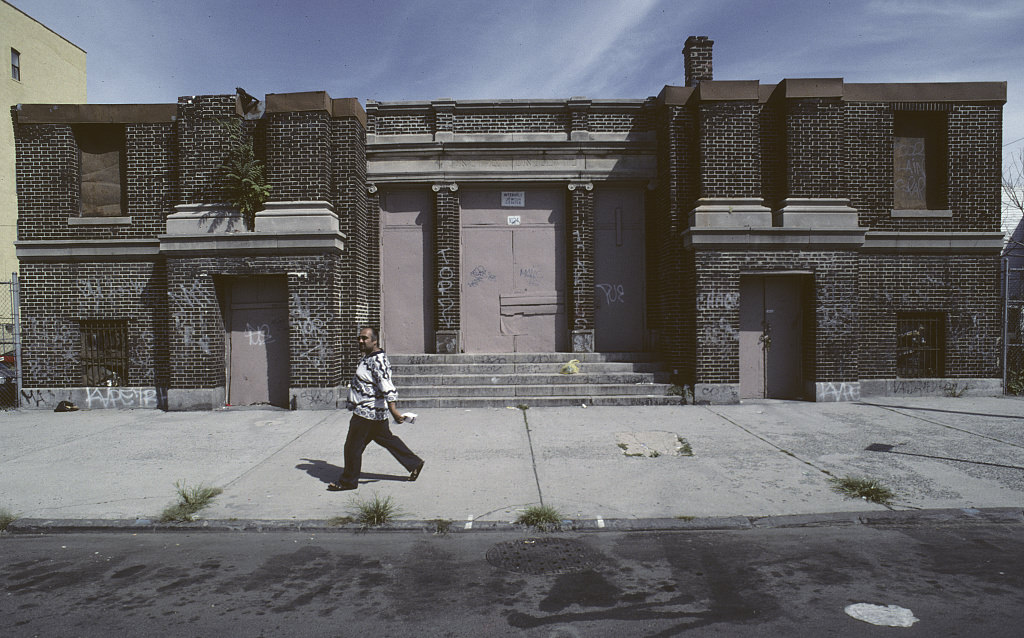
#8 Loyal Baptist Church, 881 E. 167th St., Bronx, 2002
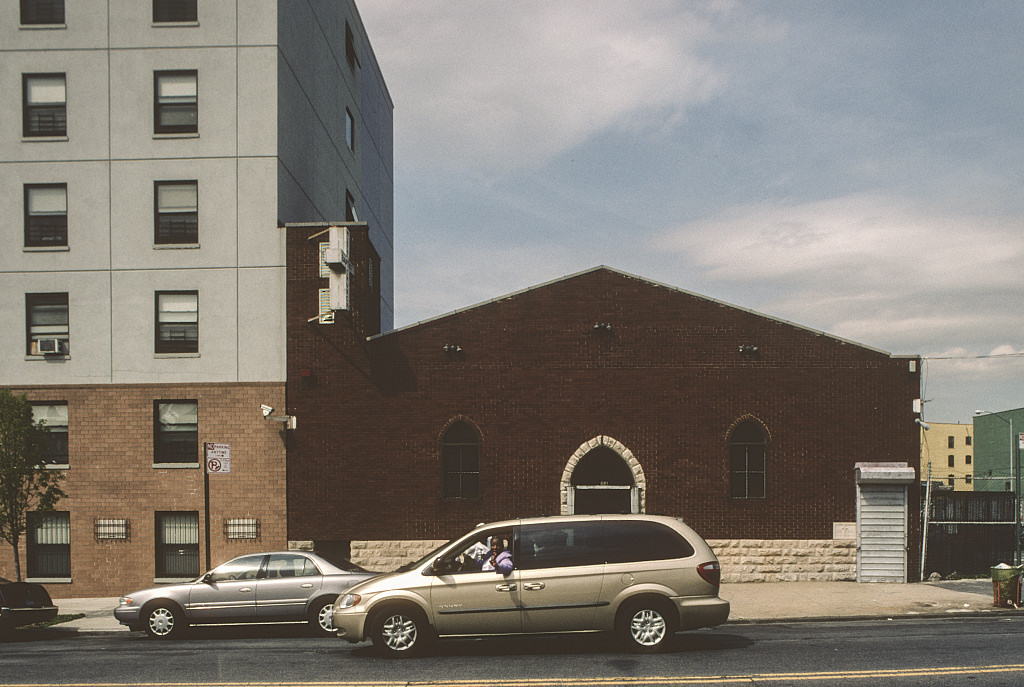
#9 Former Bronx Borough Courthouse, E. 161st St. at Third Ave., 2002
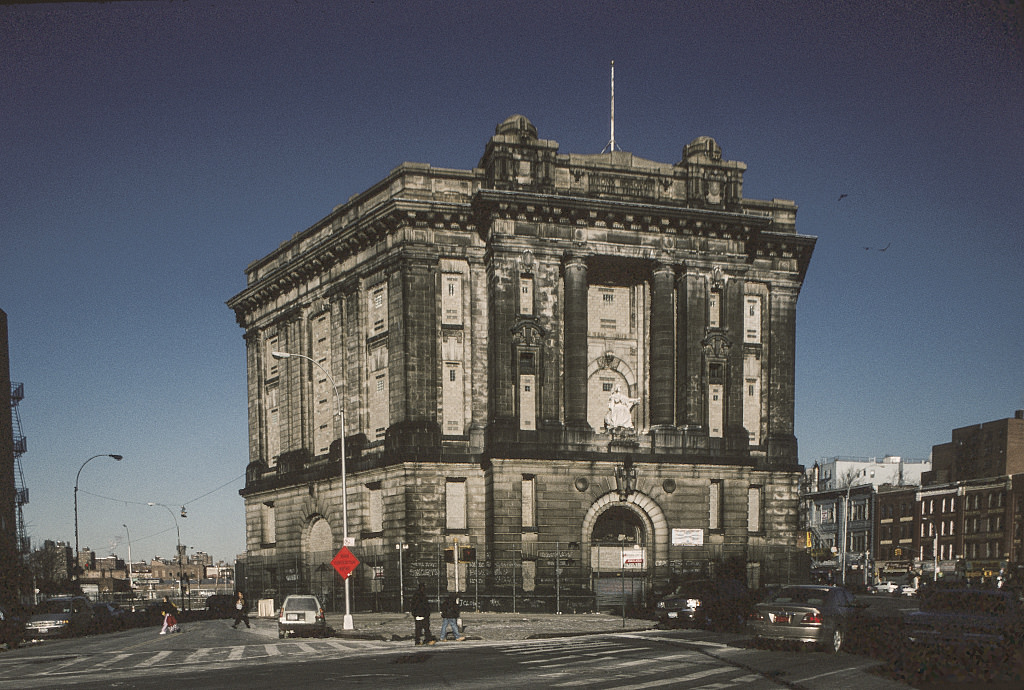
#10 Templo Adventista del 7mo Dia, 1064 Intervale Ave., Bronx, 2002
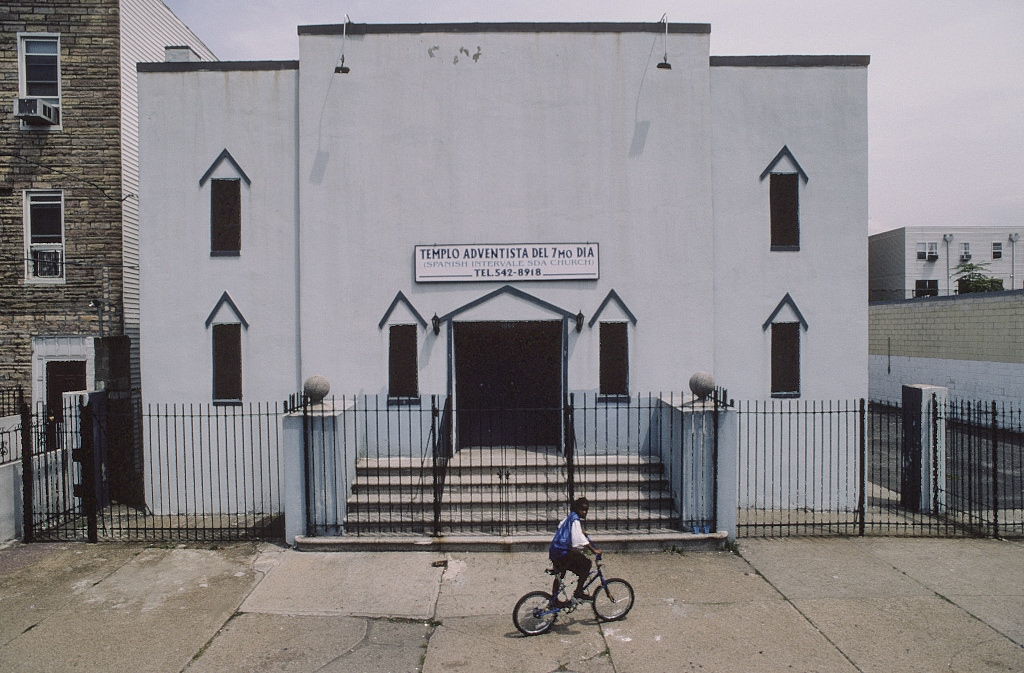
#11 Templo Adventista del 7mo Dia, 1064 Intervale Ave., Bronx, 2002
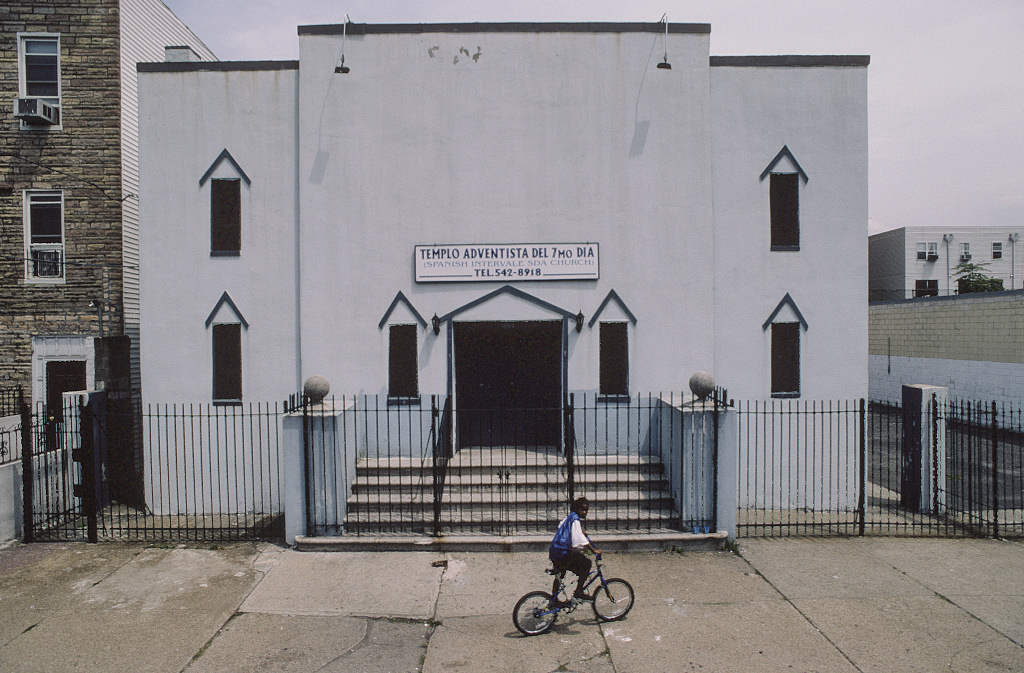
#12 4181 Park Ave., Bronx, 2002
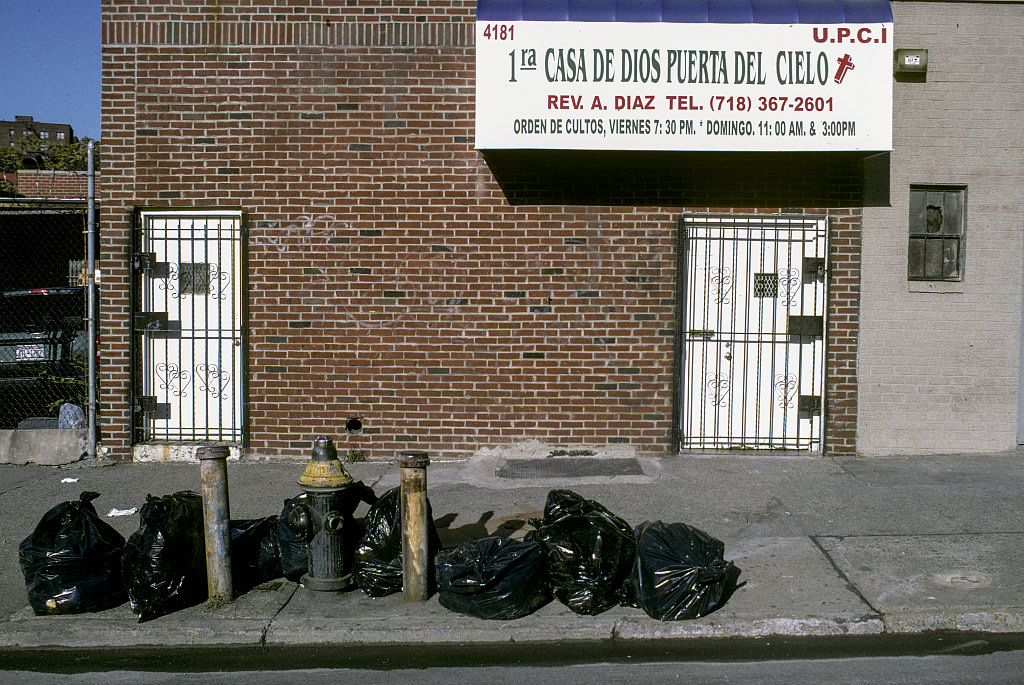
#13 St. Peter’s Pentecostal Tabernacle Deliverance Center, 937 Home St., S. Bronx, 2002
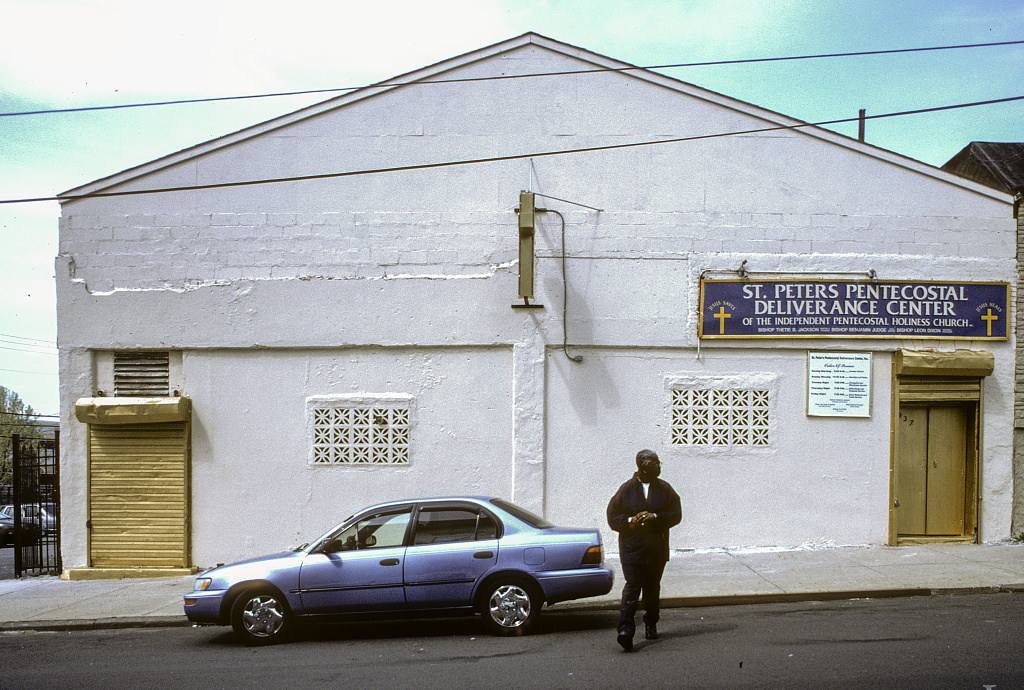
#14 3339 Third Ave., South Bronx, 2002
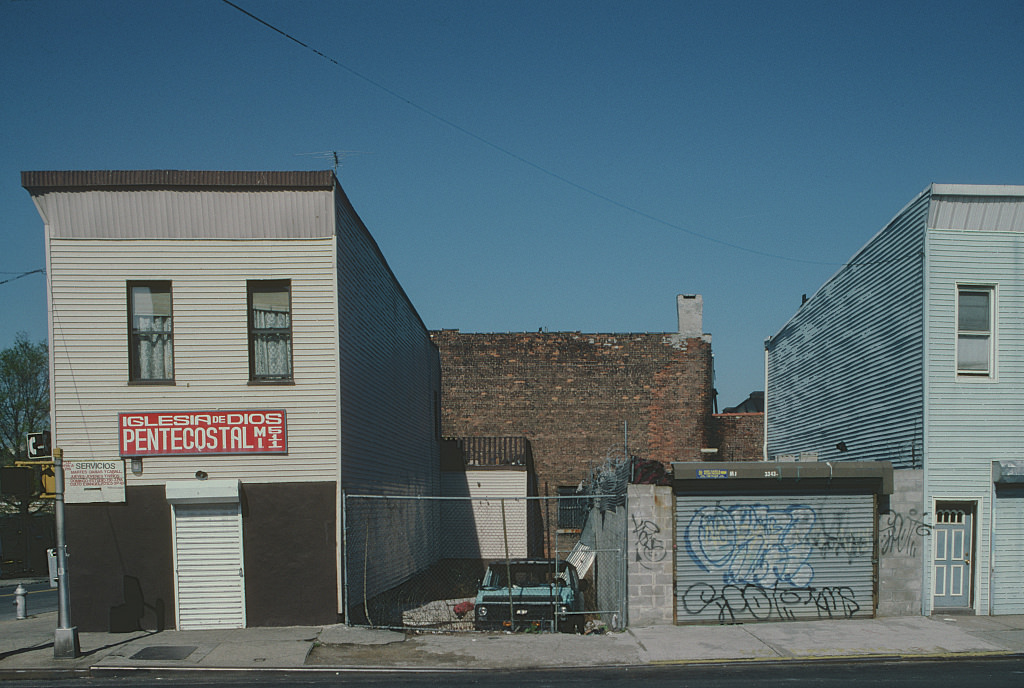
#15 Hickory Hill Missionary Baptist Church, 1200 Bryant Ave., Bronx, 2002

#16 1069 Faile St., view east, Bronx, 2002

#17 John J. Moore Memorial AME Zion Church, 1015 Boston Rd., Bronx, 2002
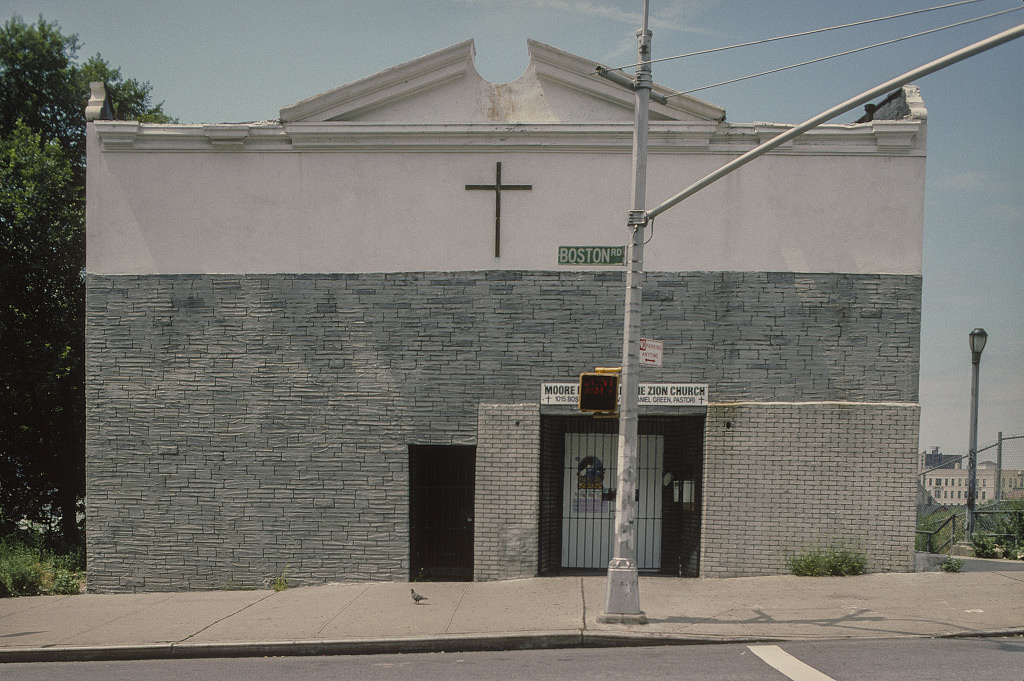
#18 Pelham Bay Park Subway Station, Bronx, 2003
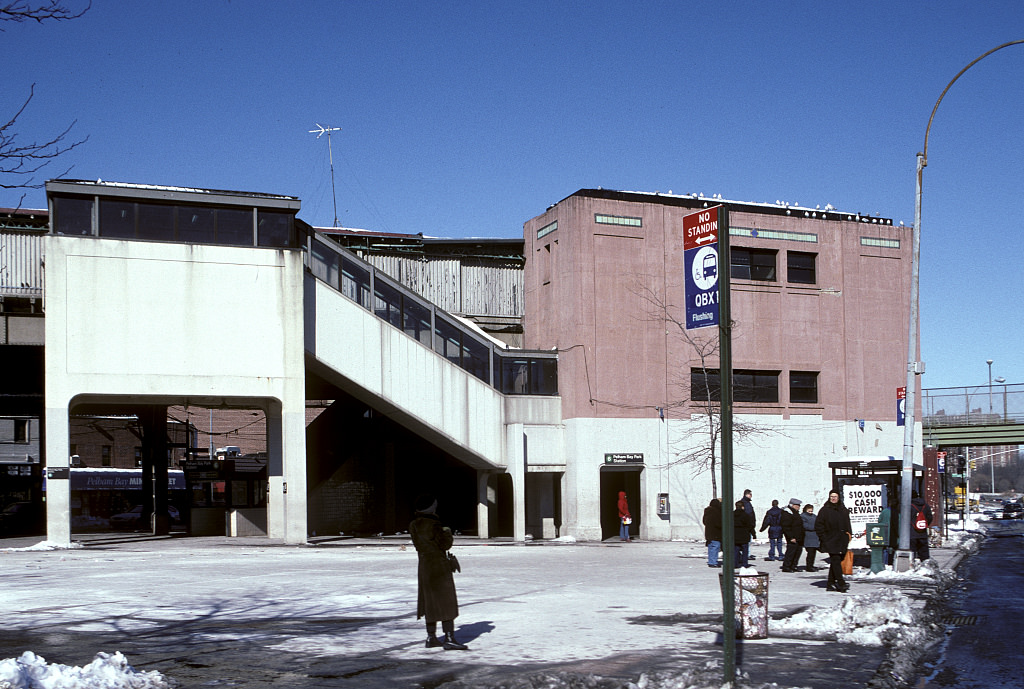
#19 View SE, Intervale Ave. Station., Bronx, 2003
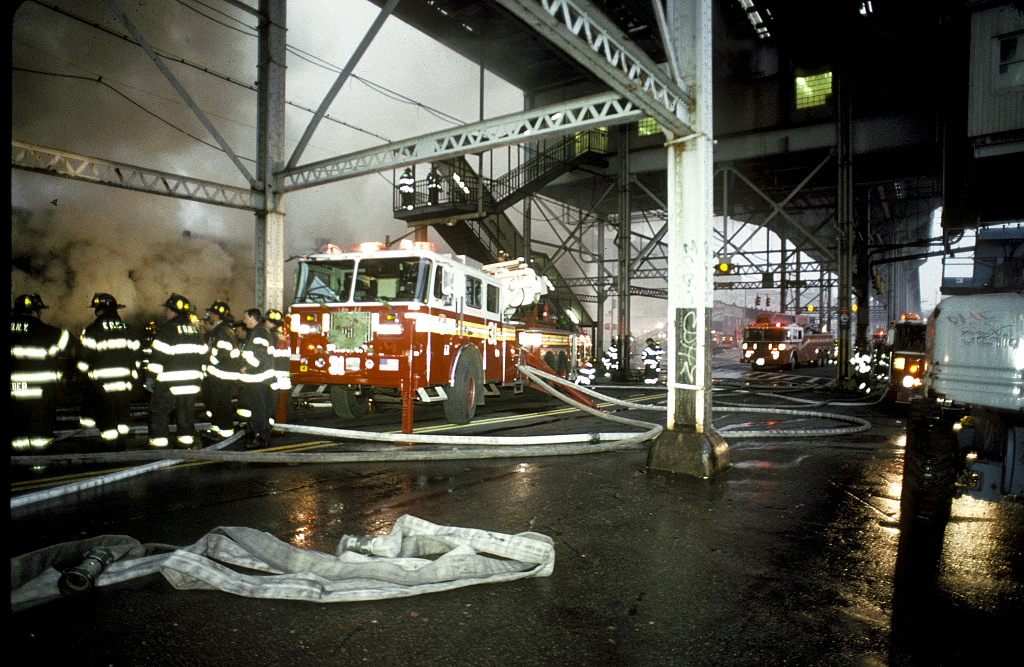
#20 Subway stop, E. 167th St. at River Ave., Bronx, 2003
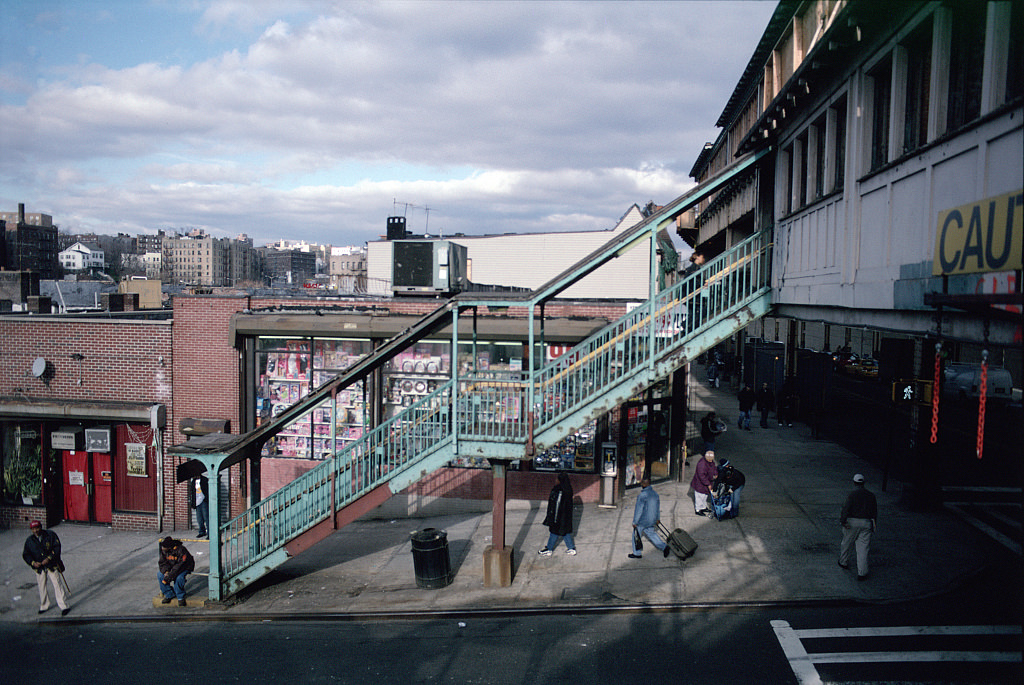
#21 Former Bronx Borough Courthouse, E. 161st St. at Third Ave., Bronx, 2003
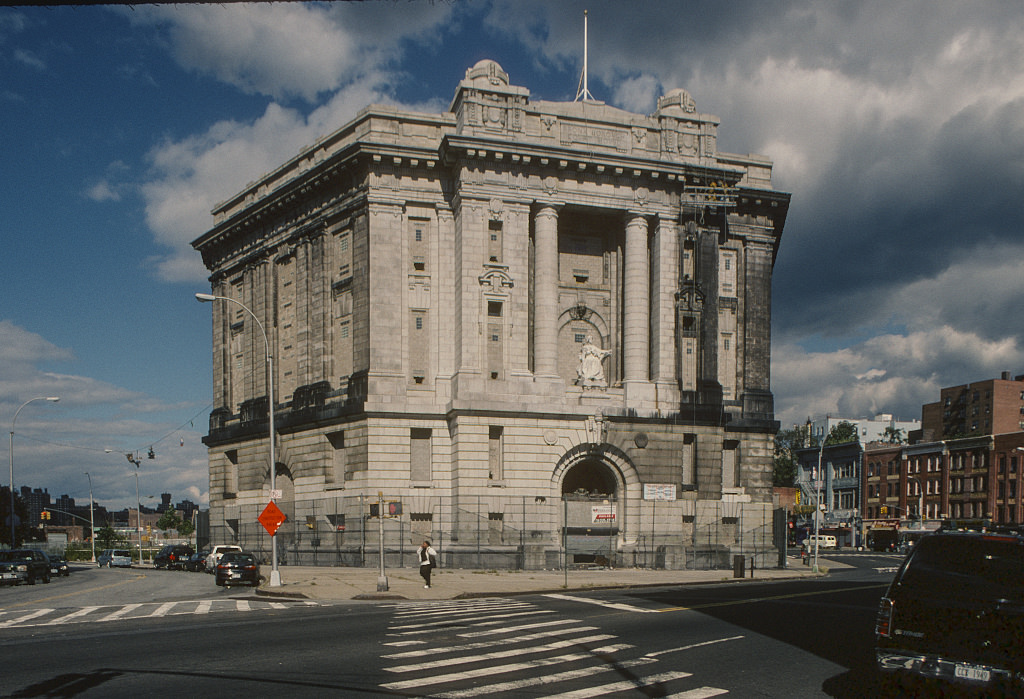
#22 3339 Third Ave., South Bronx 2003
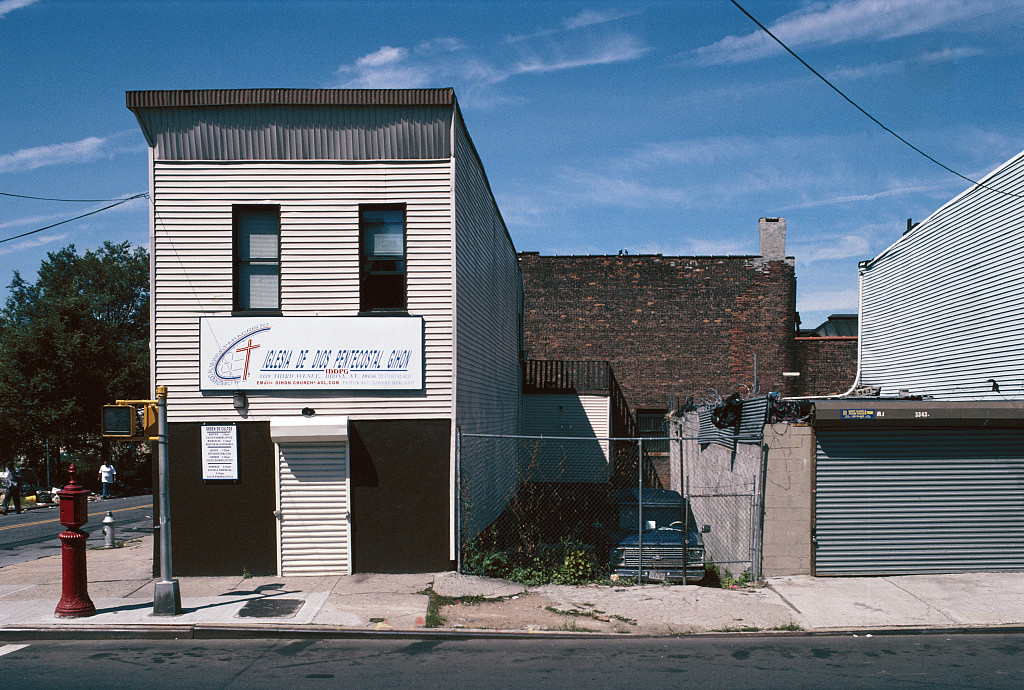
#23 Third Ave. at 149th St., S. Bronx, 2004
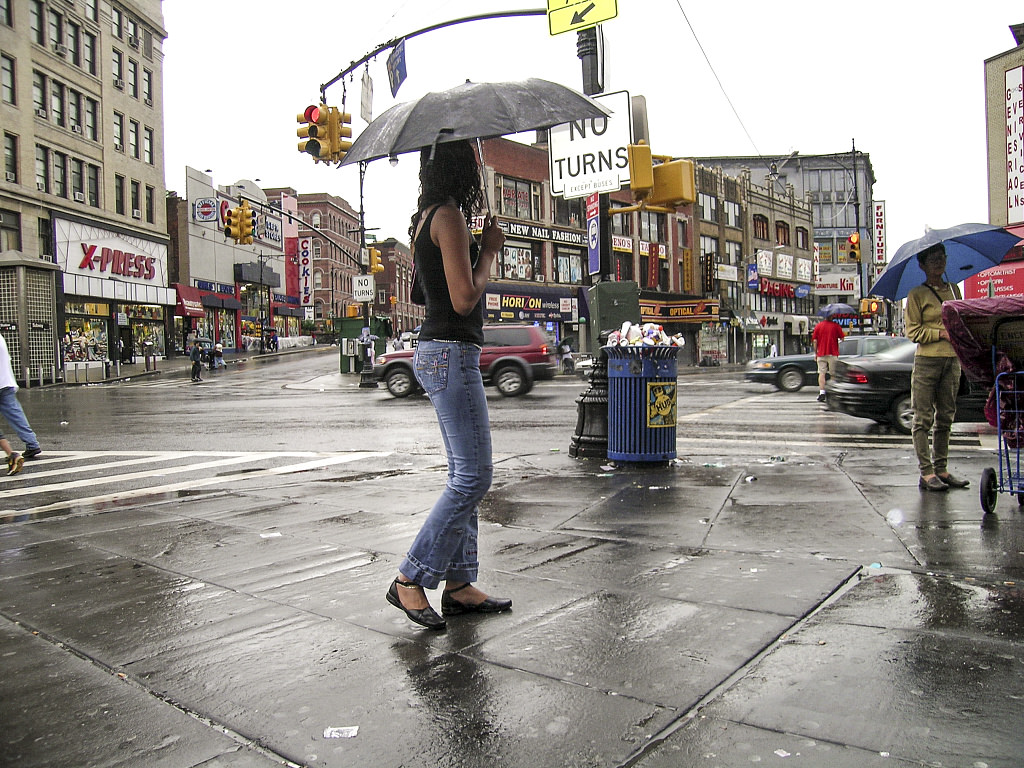
#24 1324 Chisholm St., Bronx, 2004
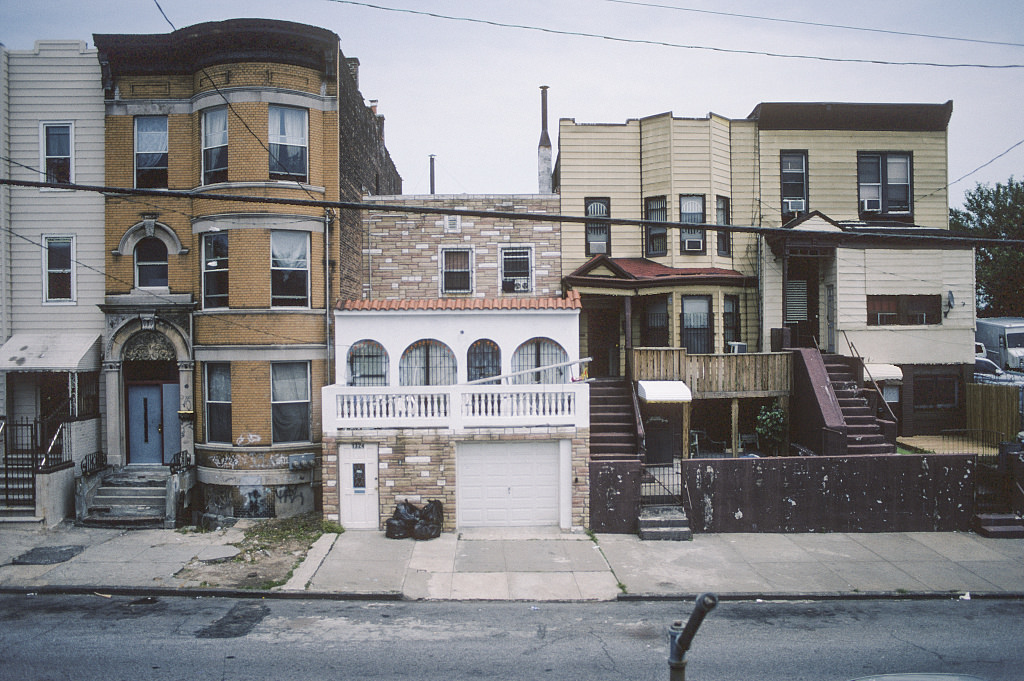
#25 Prospect Ave. at E. 149th St., South Bronx, 2004
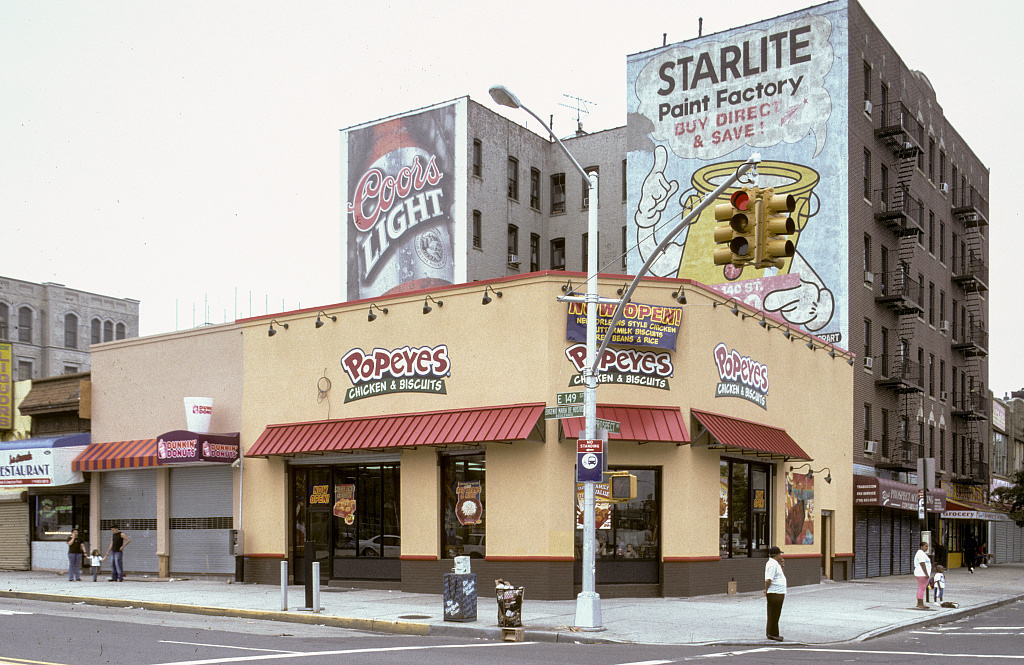
#26 149th St & 3rd Ave., Bronx, 2005
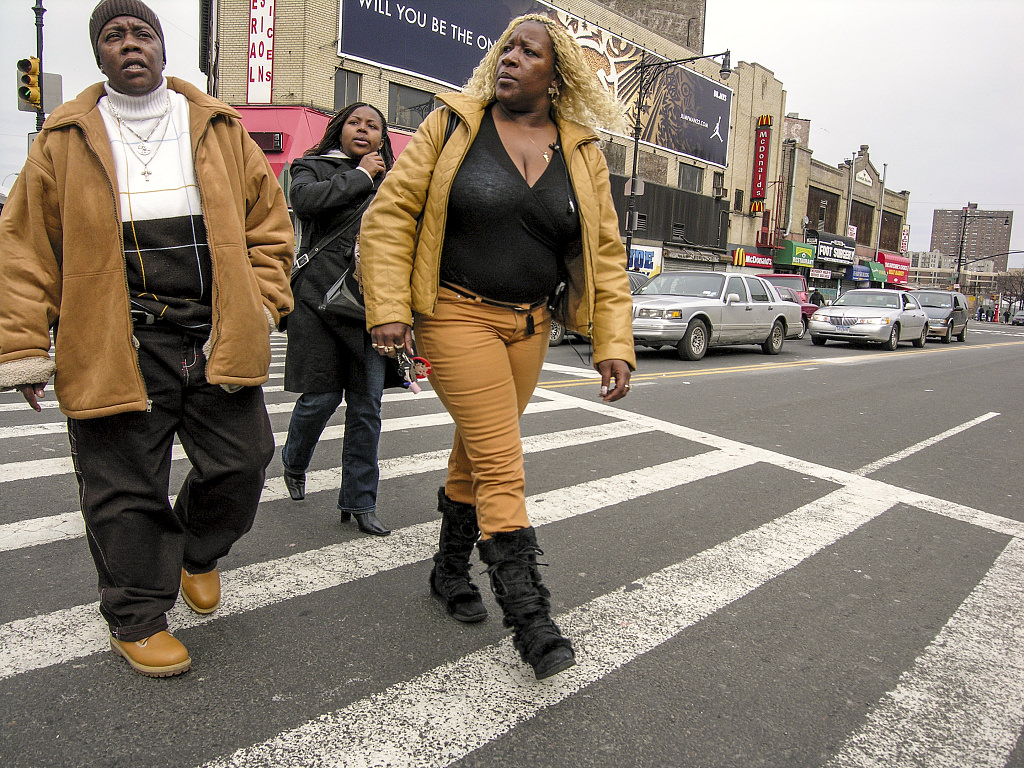
#27 Bronx HUB, 149th at 3rd, Bronx, 2005
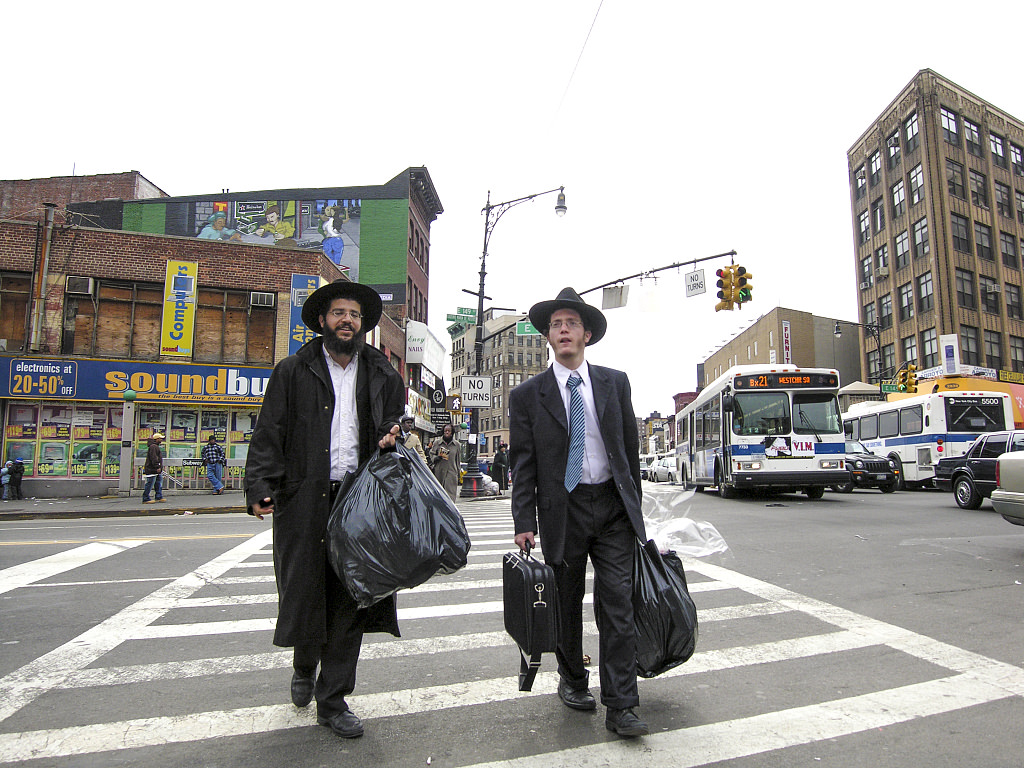
#28 Bruckner Blvd. at 3rd Ave., Bronx, 2005
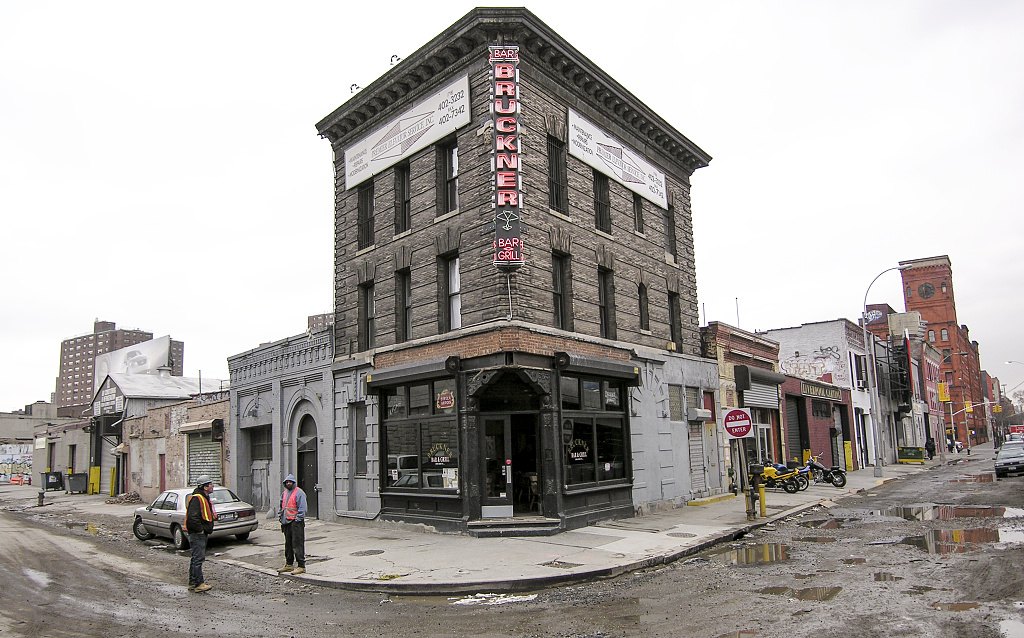
#29 Vyse Ave. at E. 178th St., South Bronx, 2005 May.
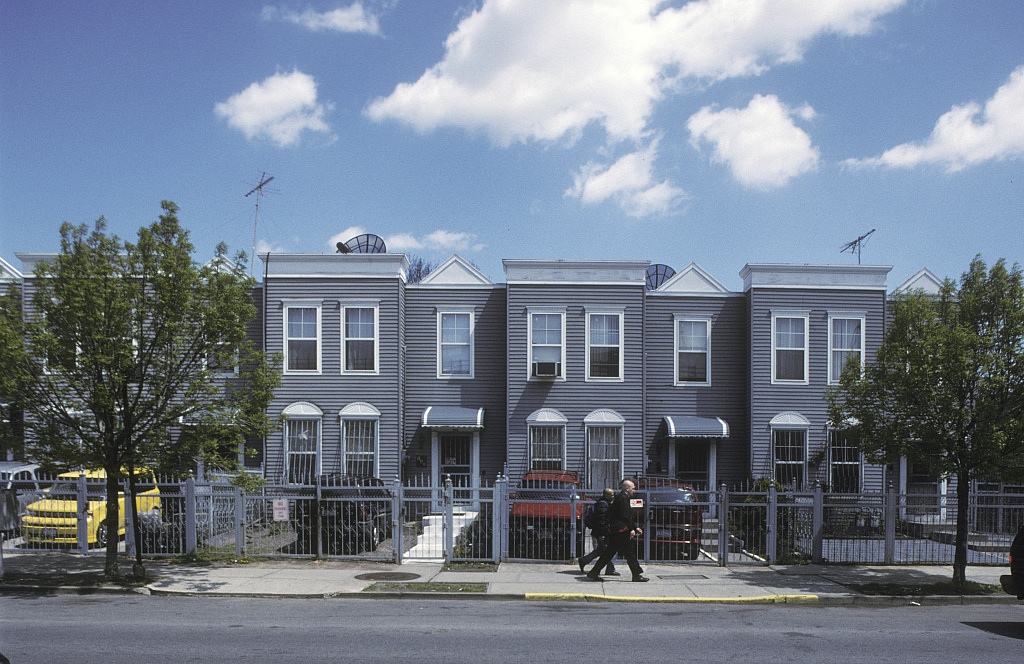
#30 E. 149th St. at Prospect Ave., Bronx, 2006
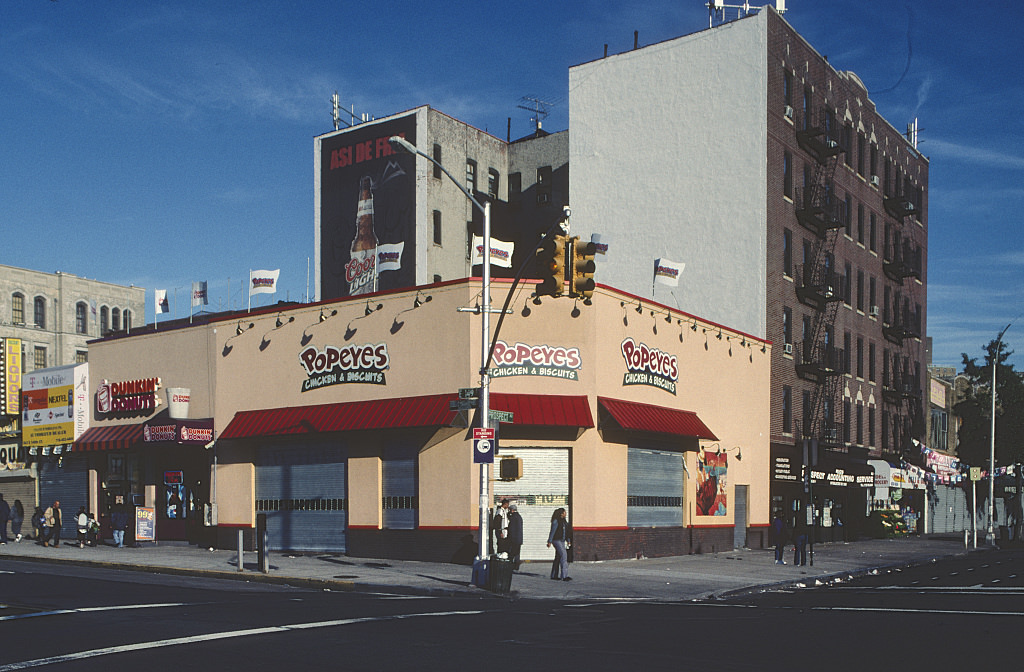
#31 908 Hunts Point Ave., Bronx, 2006
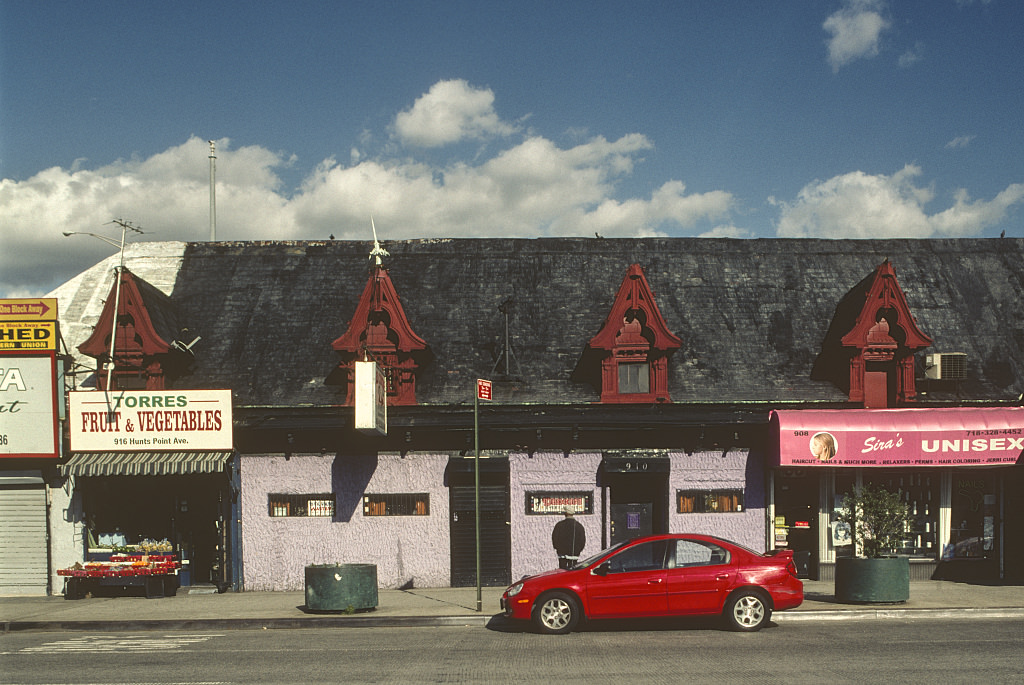
#32 E. 169th St. at Morris Ave., Bronx, 2006
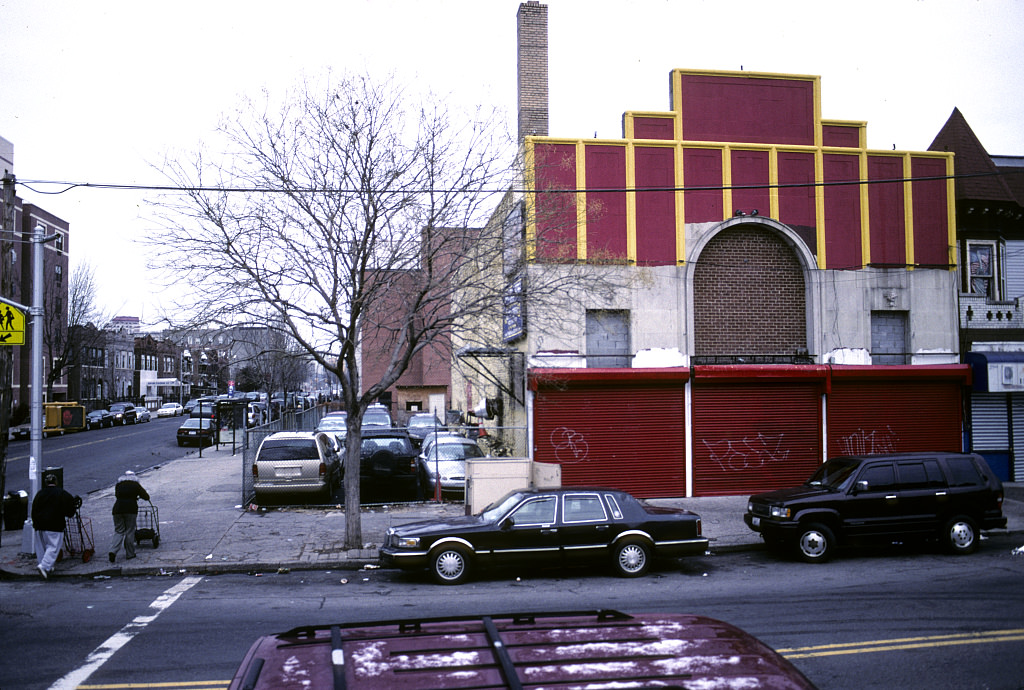
#33 3339 Third Ave., South Bronx, 2006
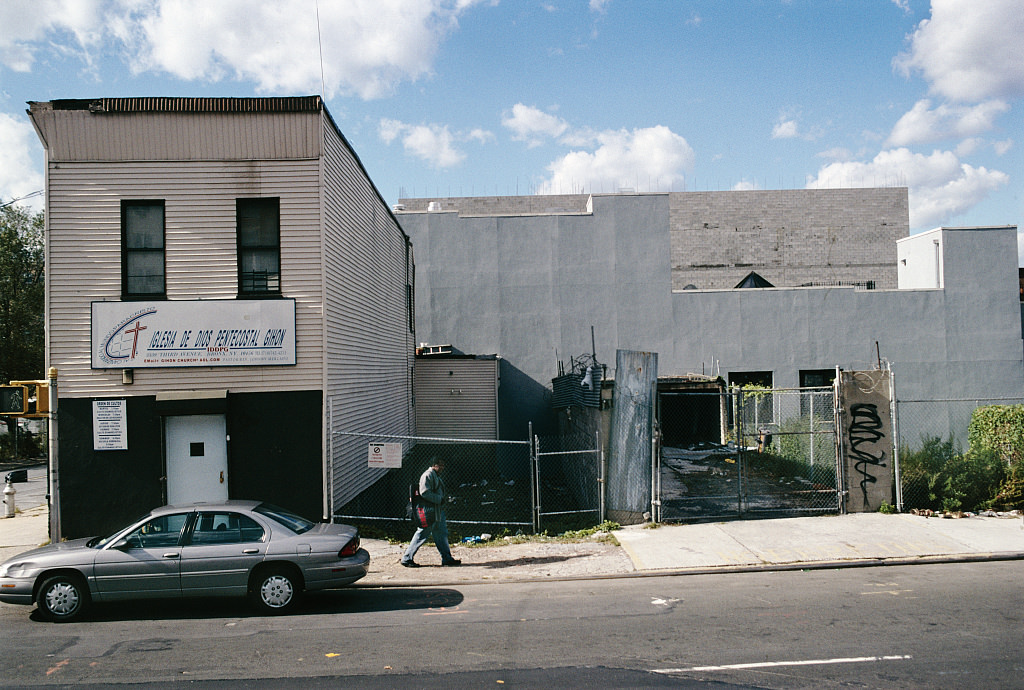
#34 908 Hunts Point Ave., Bronx, 2008
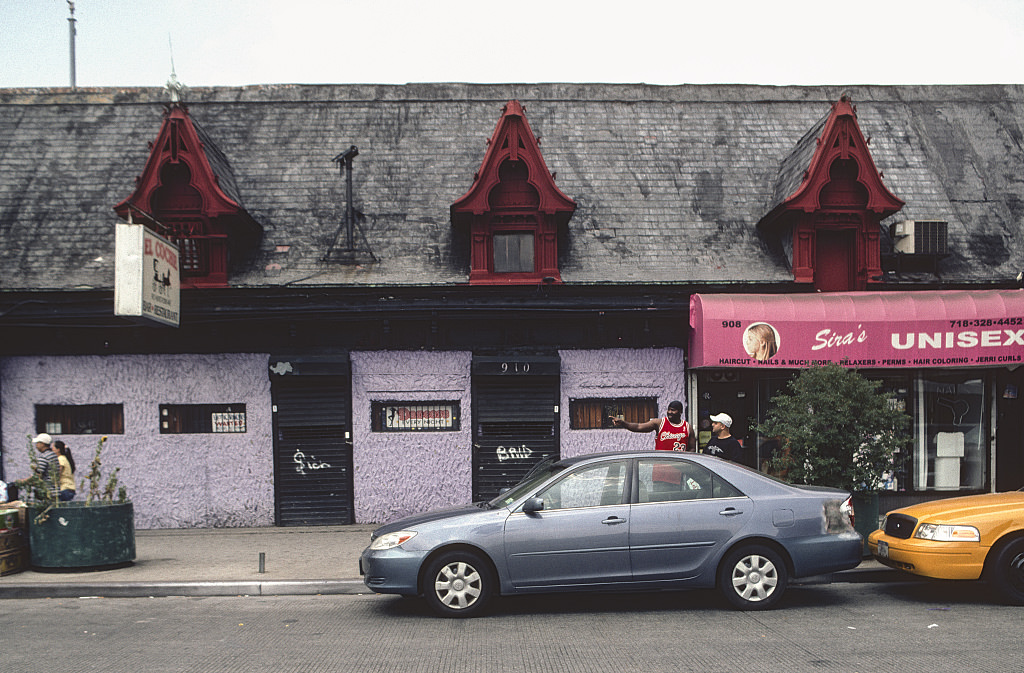
#35 E. 163rd St. at Southern Blvd., Bronx, 2008
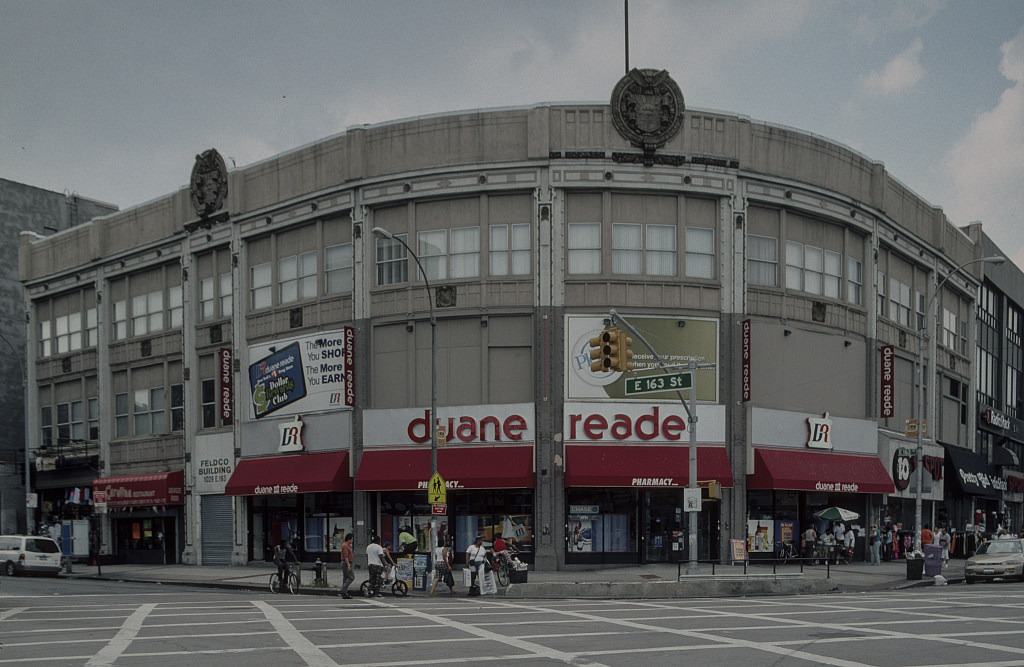
#36 Ruined gas station, view from the roof of the northernmost Buiding part of Air Rights Towers, E. 161st at Park Ave., Bronx, 2008 building
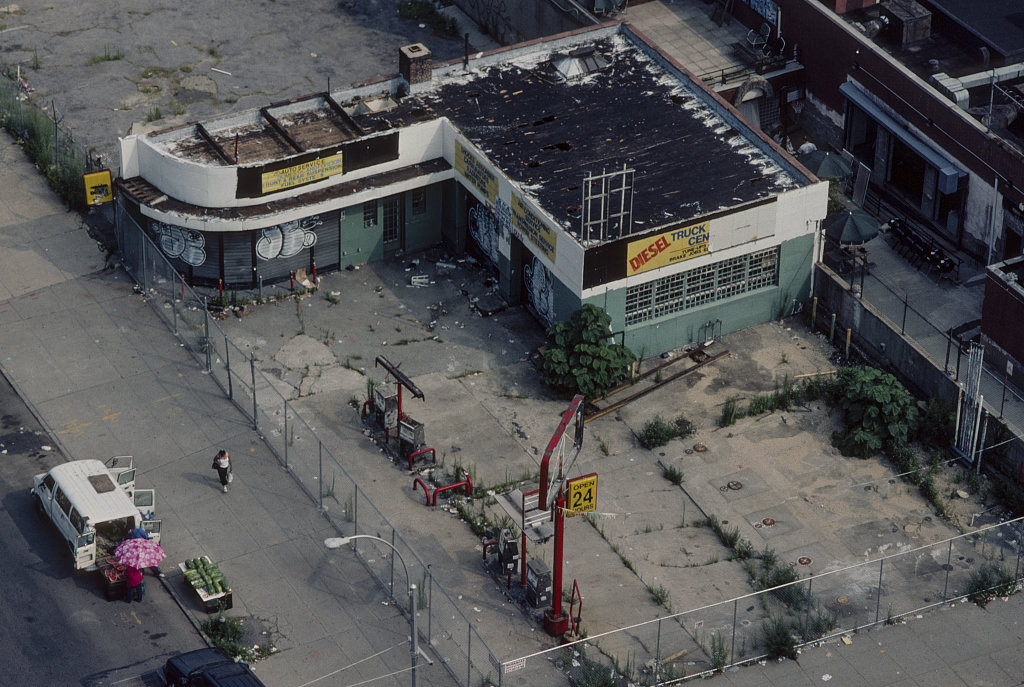
#37 Prospect Ave. at E. 149th St., South Bronx, 2008
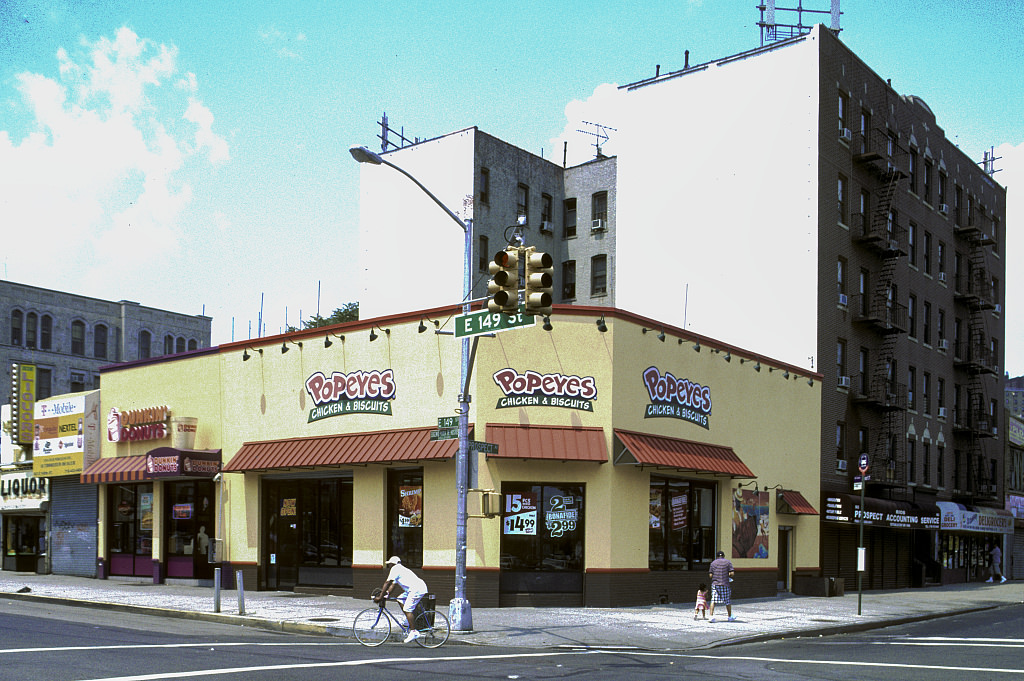
#38 The Bible Church of Christ Annex, former Synagogue, 1069 Morris Ave., Bronx, 2009
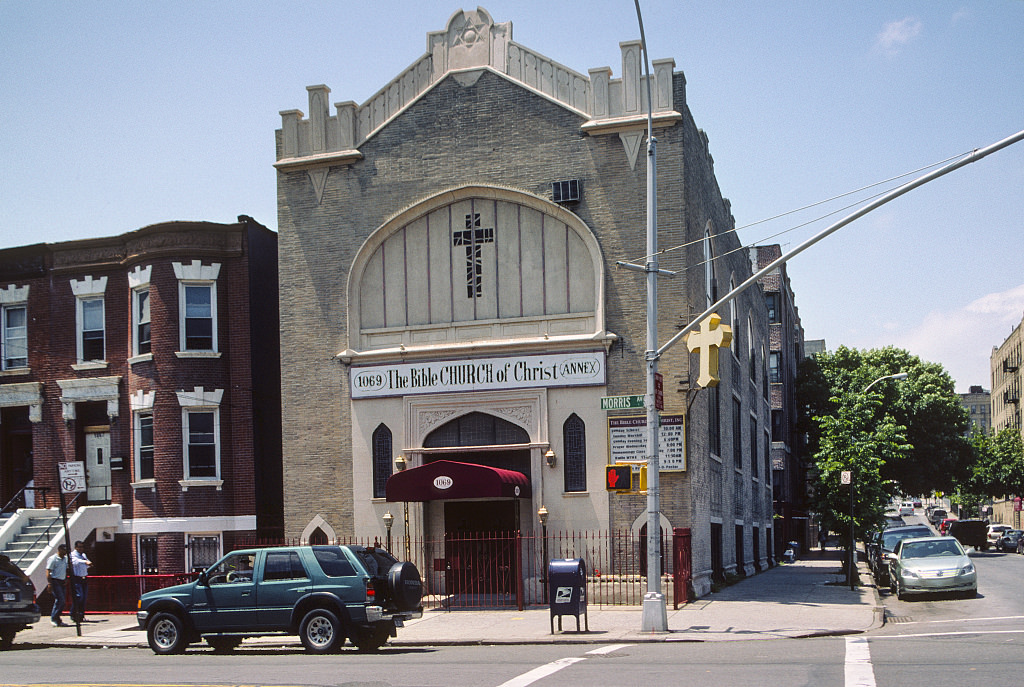
#39 View east along Charlotte St. from Boston Rd., Bronx, 2009
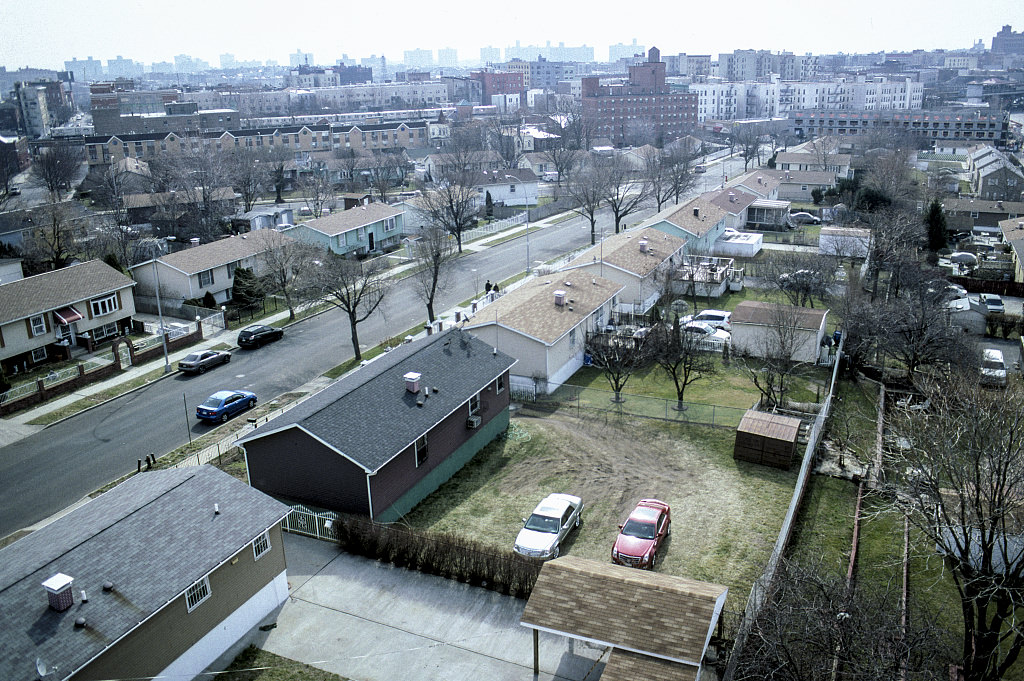
#40 E. 169th St. at Morris Ave., Bronx, 2009
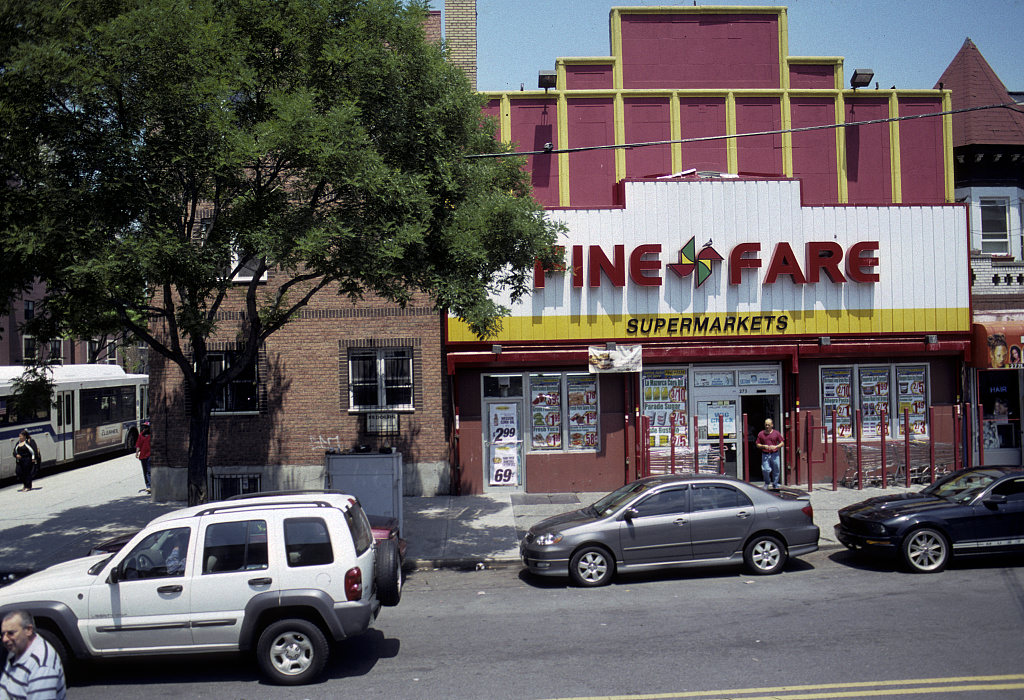
#41 Park Ave. at E. Tremont Ave., Bronx, 2009
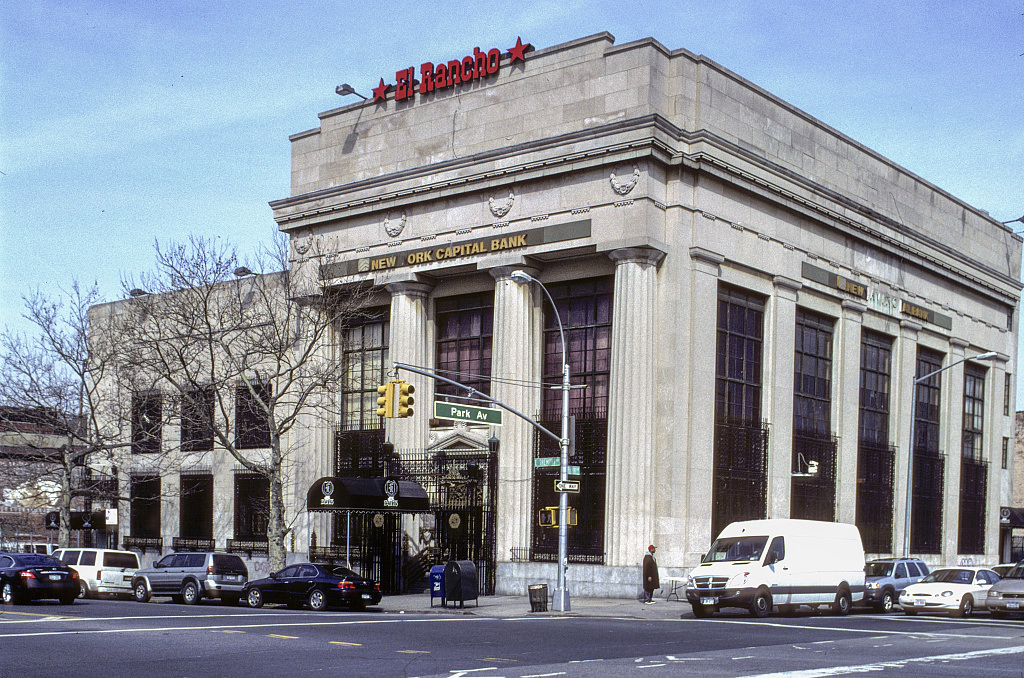
#42 Third Ave. at E. 149th St., Bronx, 2009

#43 Third Ave. at Claremont, Bronx, 2009
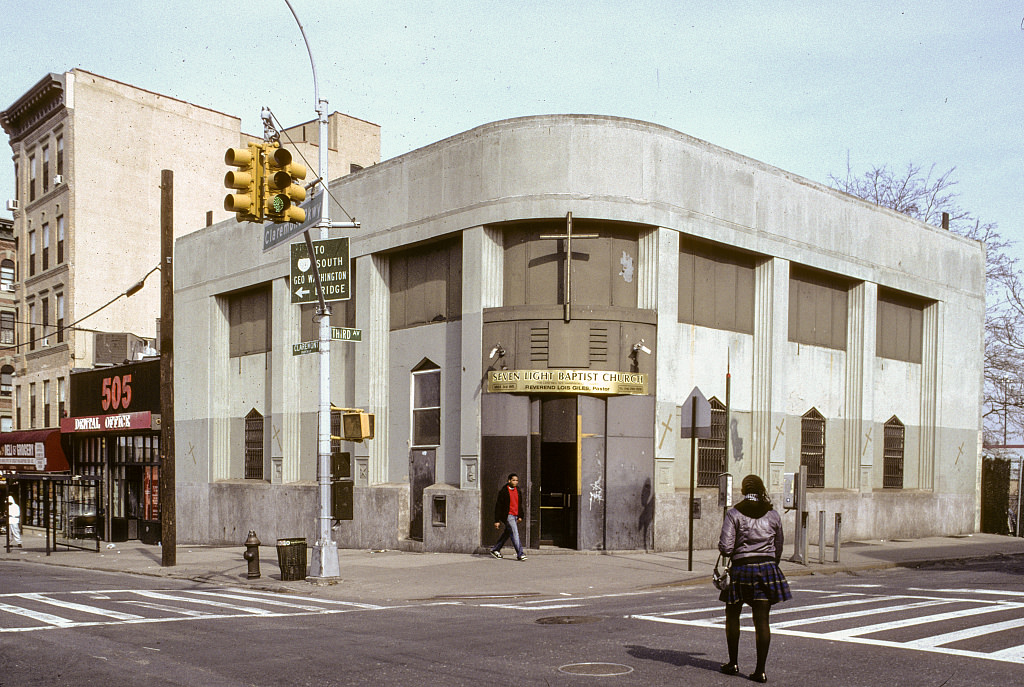
#44 785 Westchester Ave., Bronx, 2009
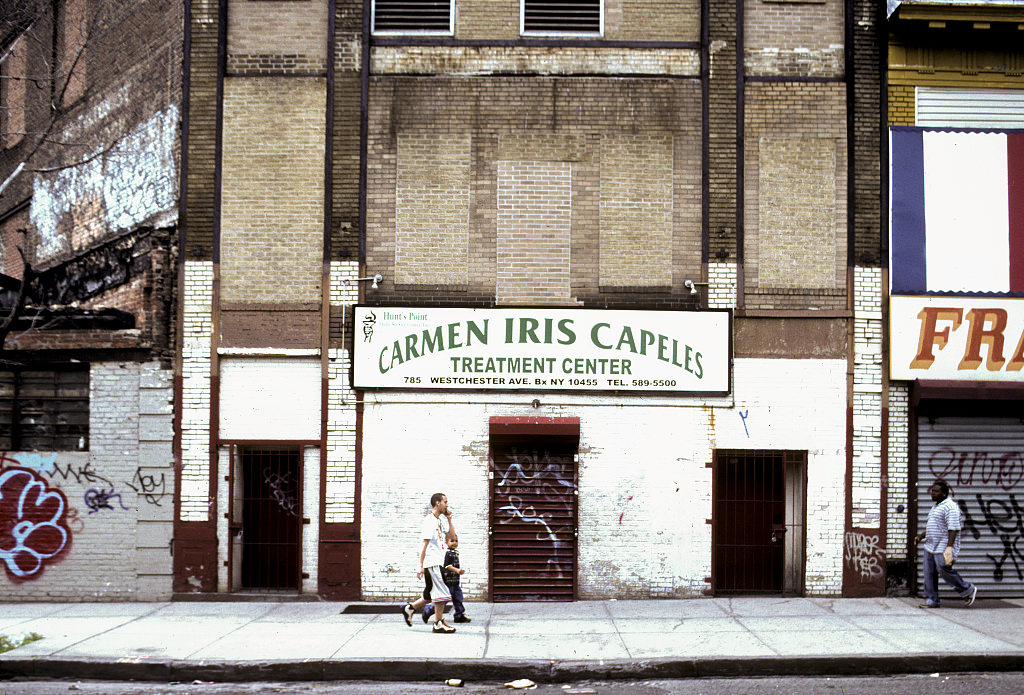
#45 St. Peter’s Pentecostal Tabernacle Deliverance Center, 937 Home St., S. Bronx, 2009
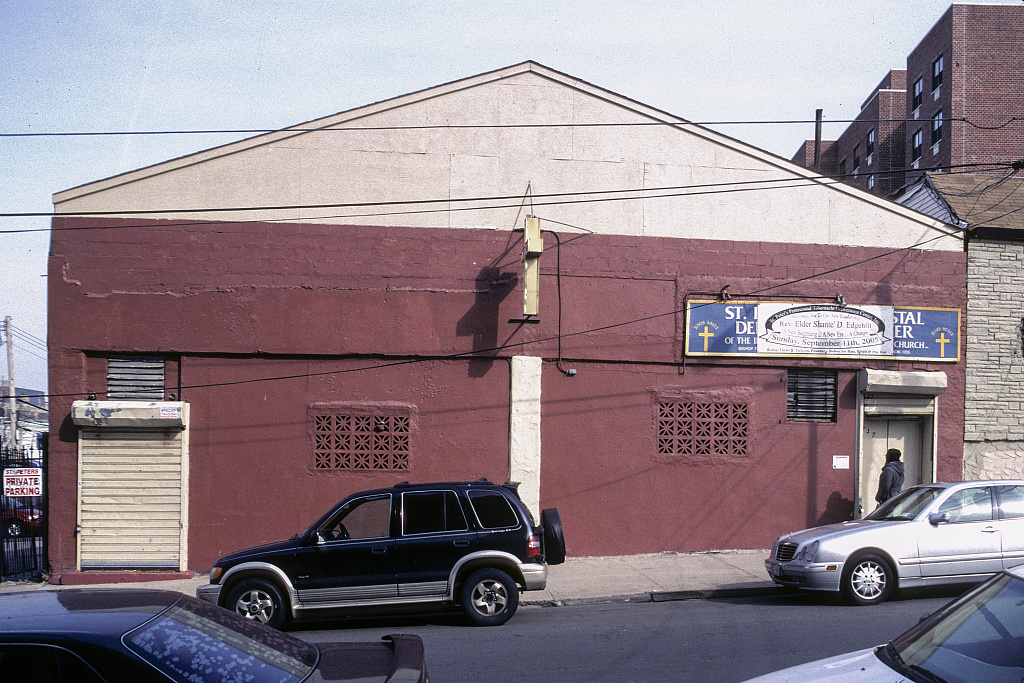
#46 Former Bronx Borough Courthouse, E. 161st St. at Third Ave., 2009
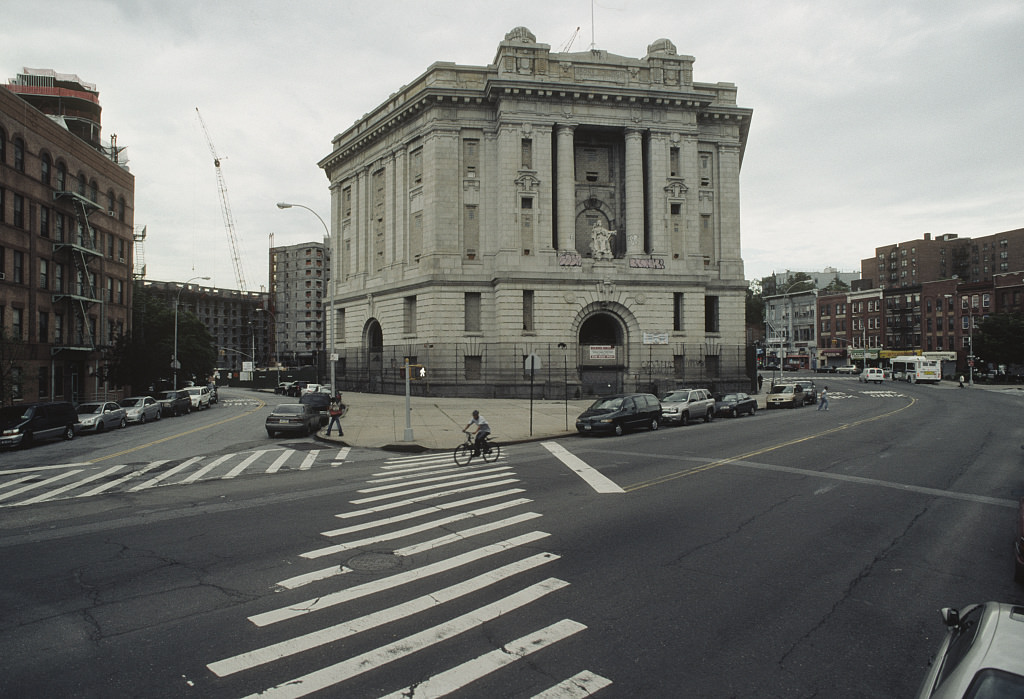
#47 View SE along Seabury Pl. from Boston Rd., Bronx, 2009
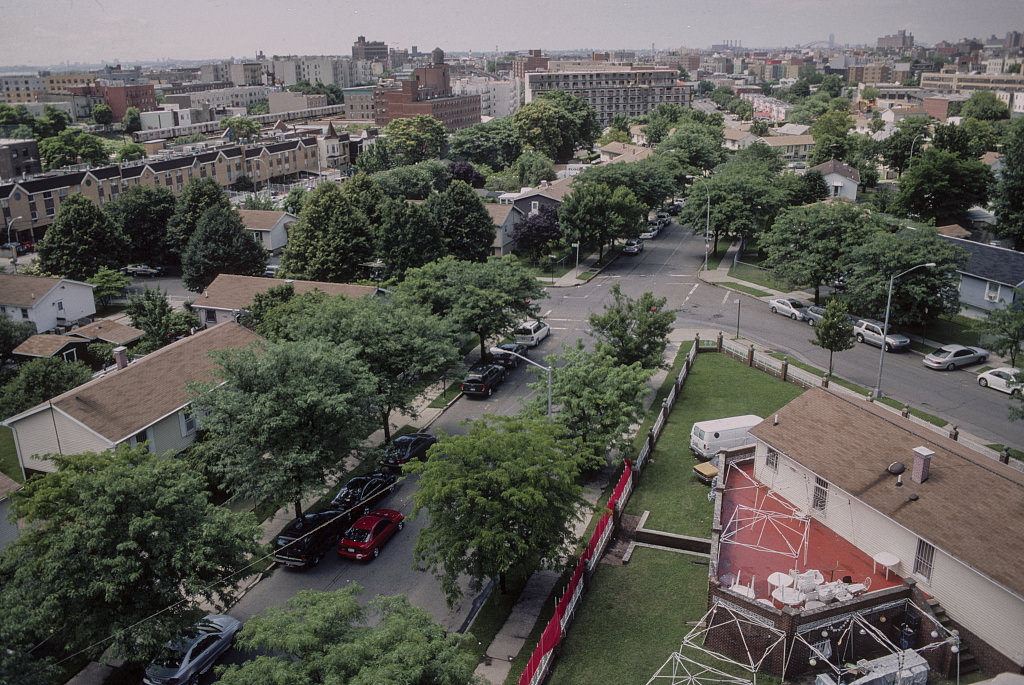
#48 3339 Third Ave., South Bronx 2009
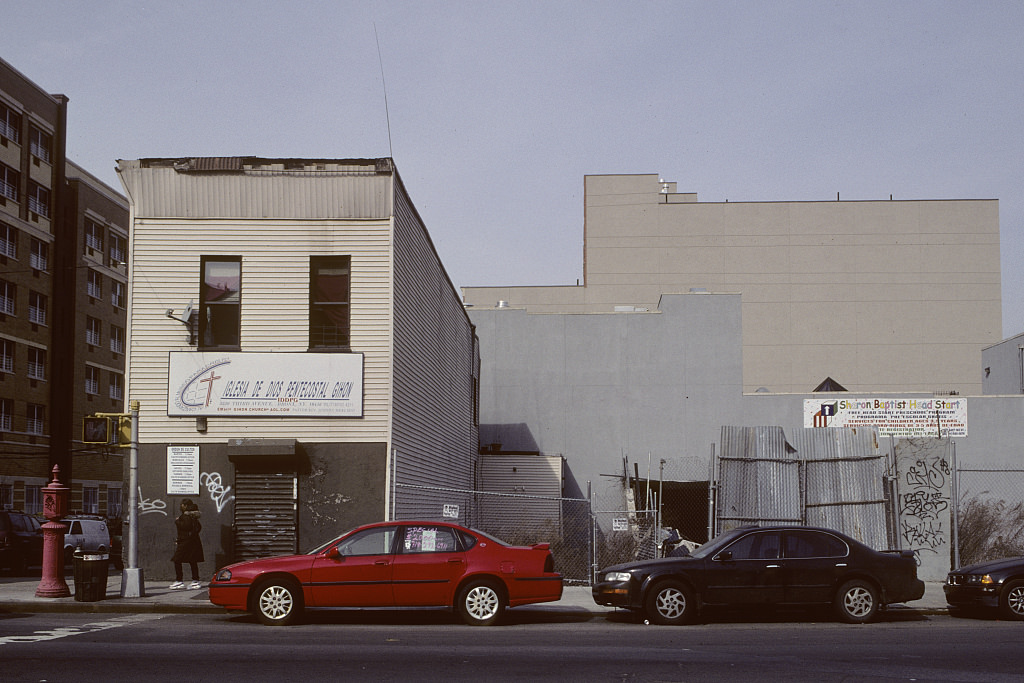
#49 Prospect Ave. at E. 149th St., South Bronx, 2009

#50 487 Willis Ave., South Bronx, 2009
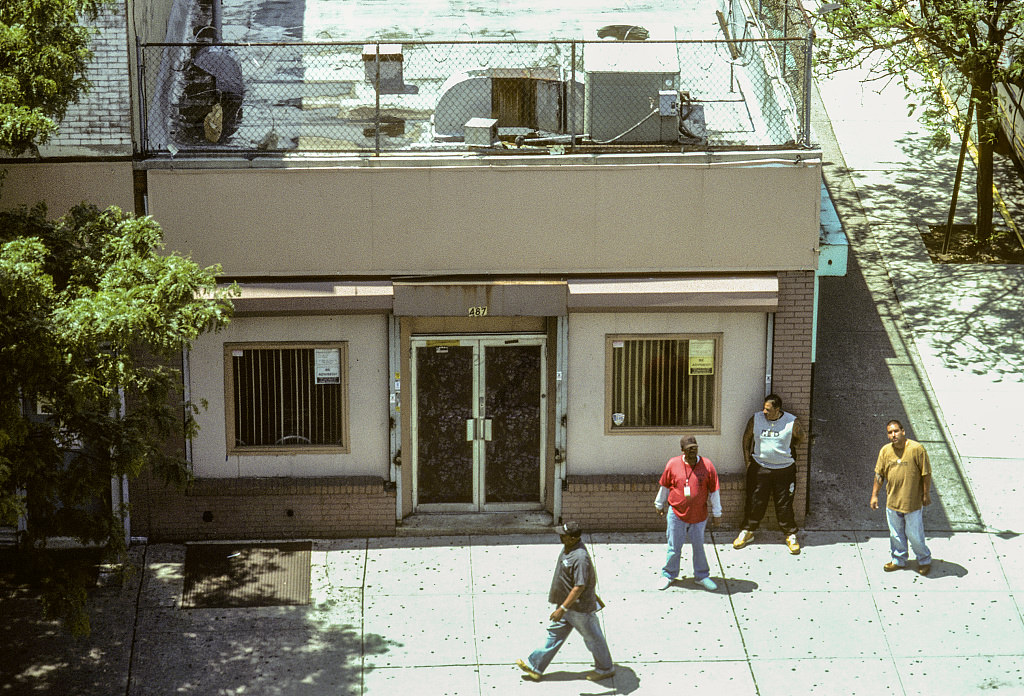



GIPHY App Key not set. Please check settings